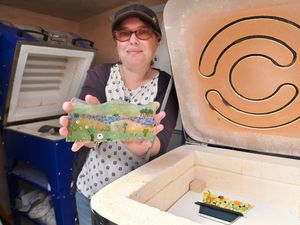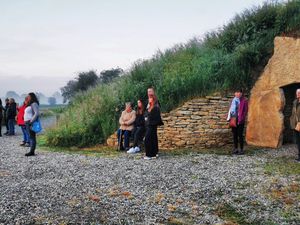'He was a damn fine bloke': Shropshire Spitfire ace Allan Scott dies aged 99
One of the last Spitfire aces of the Second World War, Shropshire's Squadron Leader Allan Scott DFM, has died at the age of 99.
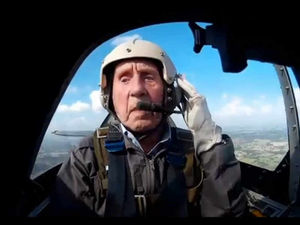
Mr Scott recently moved to assisted accommodation in Oxfordshire, but had lived for many years in Wem.
His exploits as a Spitfire pilot were charted in a book, Born to Survive and he also featured in a film about the aircraft he loved.
He won the Distinguished Flying Medal for his operations as a fighter pilot but, friends said, he always remained humble about his role in the Second World War.
His combat roles included taking part in the seige of Malta.
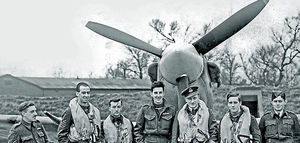
A close friend, Mr Andy Perkins, from Bomere Heath, said Mr Scott died on Tuesday.
"He was such a gentlemen - and a good man," he said.
"He always said that he acted to shoot down the enemy plane not its occupants. He enriched the lives of everyone he met."
Mr Scott was posted to the Battle of Britain airfield of Biggin Hill in 1941 with 124 Squadron, before being sent to Malta, which was under siege with continual raids by the Luftwaffe.
He served with 603 Squadron, and then when that disbanded with 1435 Squadron at Luqa airfield, before returning to Britain and flying a third tour of operations, switching from his beloved Spitfire to a long-range Mustang fighter.
Speaking about he aircraft he loved a few years ago Mr Scott said: "Flying a Spitfire to me was wonderful – it was a wonderful aircraft. When you fly it, it becomes part of you. It becomes an overcoat, you fly it instinctively.
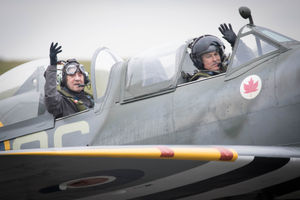
"You don't think about flying. You turn your head to go left and the aircraft follows you. It becomes part of you and, especially in combat, that is very useful."
Mr Scott went on to become a test pilot, which saw him fly more than 80 different aircraft and brought him to 27 Maintenance Unit at RAF Shawbury.
Ironically, having survived everything the war could throw at him, his luck finally ran out while giving an aerobatic display in a Tiger Moth biplane in Scotland in 1953 when a structural failure caused the plane to crash. He suffered serious injuries and needed many operations to rebuild his shattered face.
Mr Perkins said Mr Scott never lost his love of flying or his expertise.
"It had been organised that he would fly a Spitfire on his 100th birthday next year and he was so looking forward to it," he said.

"We met at Sleap airfield and instantly became friends He would go there every Saturday morning for his breakfast. He loved being around aircraft and also around people. And he loved giving talks about his experiences as a pilot."
"Despite his age and the fact that he walked with a stick, as soon as he put his foot on the wing of a Spitfire, the clock turned back and he was a young man again," Mr Perkins said.
"He was in total control of he aircraft and was able to do all the combat manoeuvres he did in the war. Everything came back to him.
"When he flew out of Biggin Hill a couple of years ago he still remembered that flight path that he took.
"He was so capable and so alert."
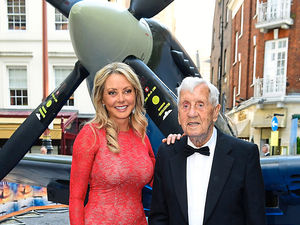
Mr Scott, who leaves a son Murray and several grandchildren, retained his love of speed in his passion for cars.
"He was an incredible driver. He had a Mercedes sports car and could certainly beat me hands down at driving," Mr Perkins said.
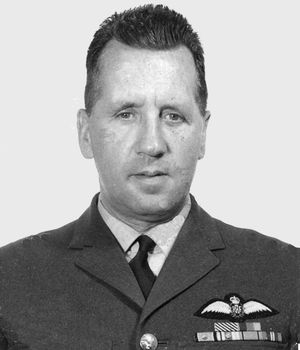
"He was so much fun to be with, we had come incredible laughs. As well as our breakfasts at Sleap on Saturdays we could always have fish and chips together on Friday nights."
"He was a damn fine bloke."



